
Laurian Ghinitoiu courtesy AMO
Countryside, The Future – Rem Koolhaas' Rural Sublime
"Omissions and simplification help us to understand..."
“Omissions and simplification help us to understand – but help us in many cases, to understand the wrong thing; for our comprehension may be only of the abbreviator’s neatly formulated notions, not of the vast, ramifying reality from which these notions have been so arbitrarily abstracted.” Aldous Huxley
Huxley’s quote is from his book Brave New World Revisited published in 1952 and it applies to the letter to Countryside, The Future, the new exhibition organized by Rem Koolhaas and his think tank AMO that opened on 20 February at New York’s Guggenheim.
In an article called Why Are Museums So Plutocratic, and What Can We Do About It?, published in Frieze magazine earlier this year, artist Andrea Fraser said:
What is very specific about the US model: [is] not so much that many museums were founded by individuals or that they depend on private funding, but that the system supports the non-democratic and often plutocratic governance of putatively ‘public’ institutions.
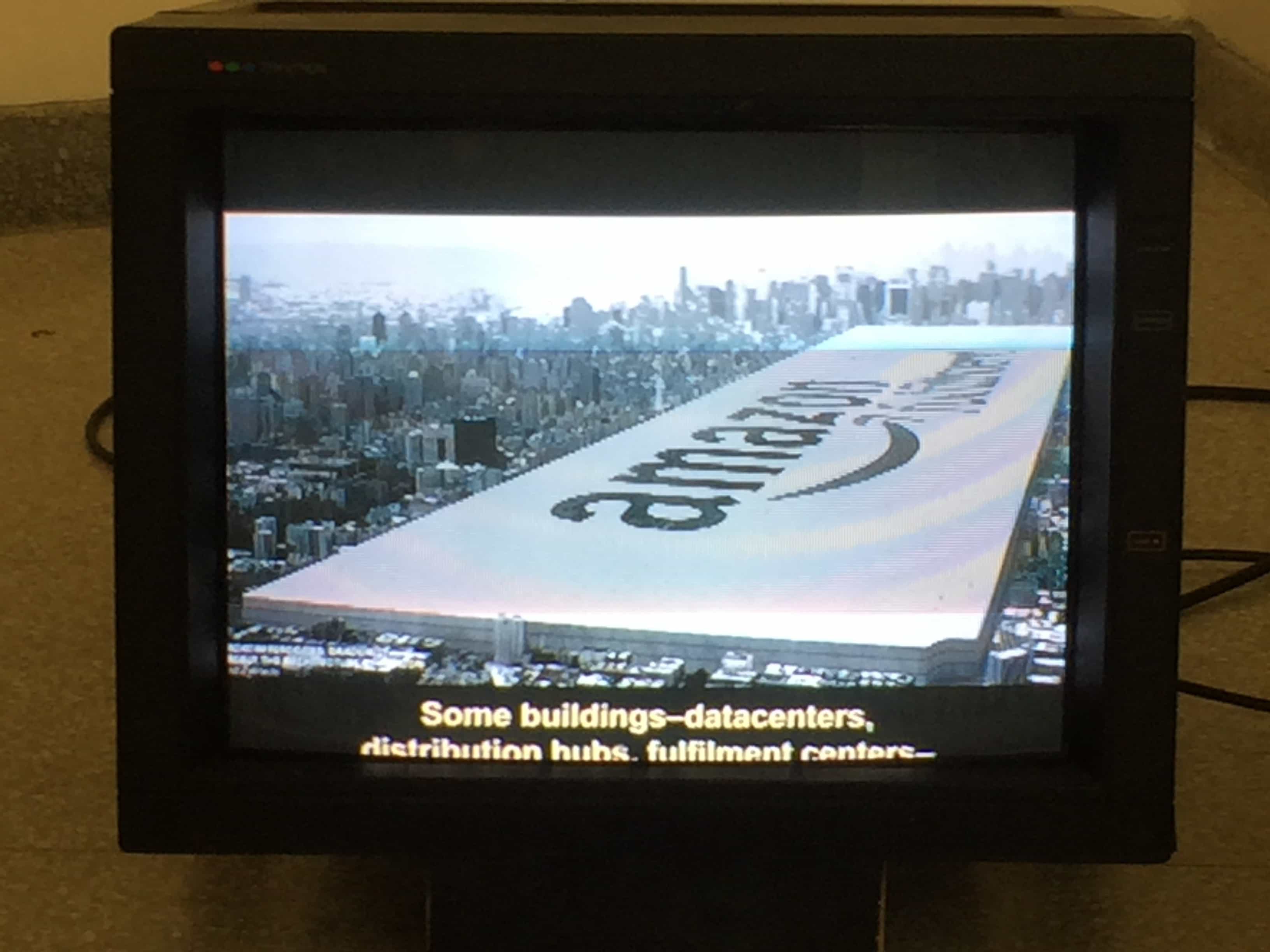 Countryside, The Future, Guggenheim Museum, New York.
Countryside, The Future, Guggenheim Museum, New York.
Ian Scoones, one member of the coordinating team for the Emancipatory Rural Politics Initiative (ERPI) from the International Institute of Social Studies at Erasmus University Rotterdam warns us:
Architects even those with good intentions, don’t always have the best interests of inhabitants in mind. If you are living in areas where you have this kind of corporate influence, you might be rightfully suspicious of metropolitan designers suddenly showing an interest in the rural.Cities, the cradle of democracy (the Polis for the ancient Greeks), were for a long time thought of as the most efficient solution to ecology and overpopulation, as its concentration left large amounts of natural areas untouched. Like most architects of his generation, Toyo Ito (Japan, 1941) long considered the city the only place to work and construct a discourse. Koolhaas (Netherlands, 1944), who came a bit later into architecture from journalism, even called his practice The Office of Metropolitan Architecture (OMA). Since its inception it has studied the culture of congestion and ‘bigness’, the metropolitan environment and so on, up to Koolhaas’ last exhibition in New York at the New Museum called Cronocaos (2011), on urban preservation.
In the academic reception of this exhibition almost all authors criticized the lack of scientific thoroughness of the analyses presented. In a response to OMA’s Preservation Manifesto, Jorge Otero-Pailos, director and professor of historic preservation at Columbia GSAPP wrote:
Cronocaos gave the false impression that preservation had overlooked post-war socially committed architecture, making preservationists appear to be in collusion with ruthless developers and free-market ideologues, when, in fact, preservationists were fighting to preserve market-averse brutalist social housing projects (…) long before OMA sounded the alarm (…) The graphic tables and wall labels in the exhibition, while often compelling, regrettably tended too quickly toward the hyperbolic and jumped to conclusions based on undifferentiated data. They did more to conceal, rather than reveal, the contemporary changes in the nature of the relationship between architecture and preservation.
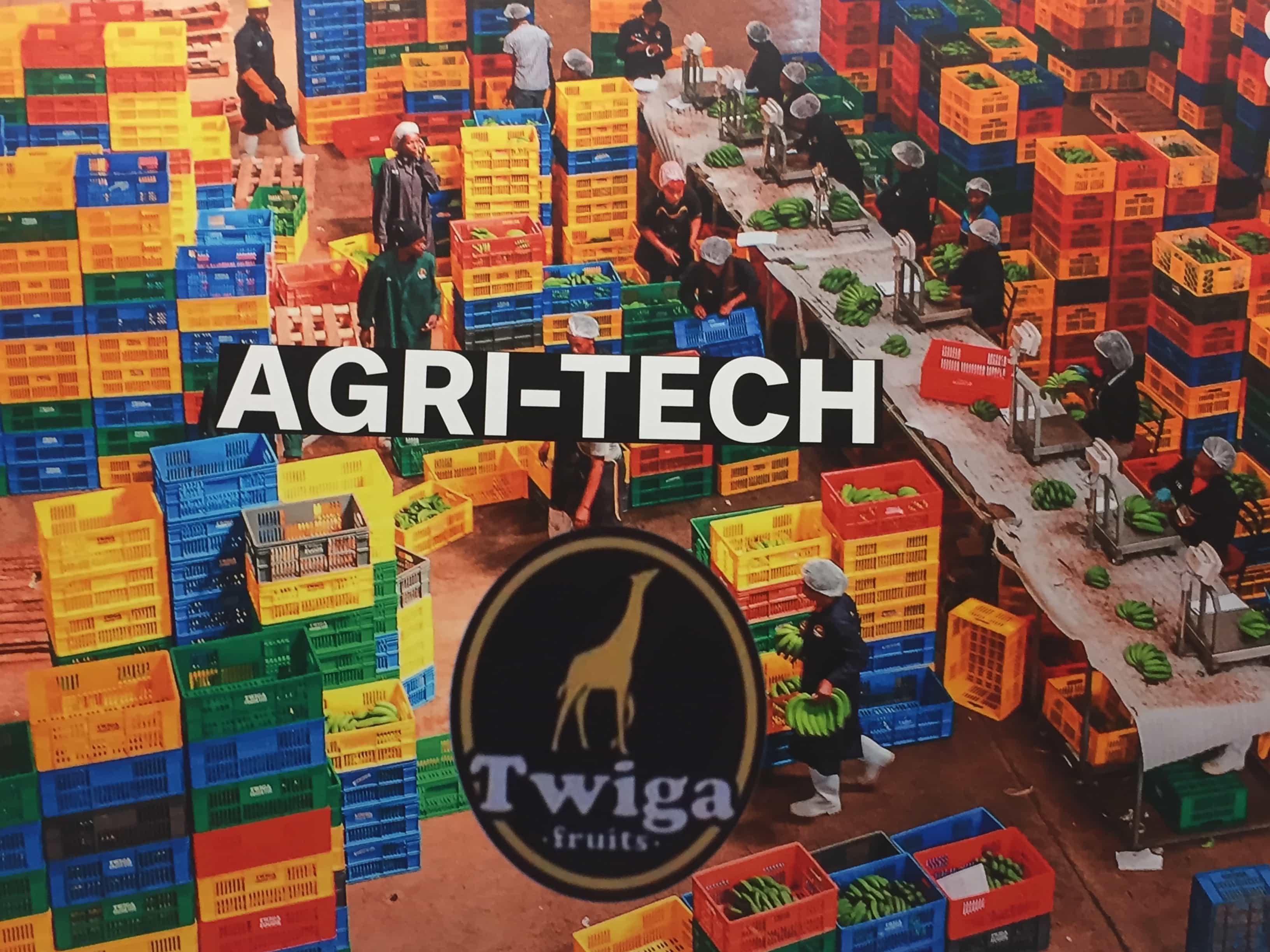 Countryside, The Future, Guggenheim Museum, New York.
Countryside, The Future, Guggenheim Museum, New York.
In 2007 the UN declared that half of mankind was living in cities, and that it was likely that by 2050 it will increase up to 70 or 80%, a tipping point suddenly transforming advantages into liabilities, since now, the overconcentration of metropolises is actually accelerating the greenhouse effect.
In Brave New World Revisited – written nearly 30 years after the original novel – Huxley said: “The problem of rapidly increasing numbers in relation to natural resources, to social stability and to the well-being of individuals (…) is now the central problem of mankind.” He is clear on the impact overpopulation would have: “[it] leads to economic insecurity and social unrest. Unrest and insecurity leads to more control by central governments and an increase of their power (…) the probability of overpopulation leading through unrest to dictatorship becomes a virtual certainty.”
Koolhaas told us in the press conference that Countryside, The Future, is “a show about sociology, anthropology and politics”. Curated by Troy Conrad Therrien and organized together with Samir Bantal – head of Koolhaas’ think tank AMO – and a vast array of international collaborators and students, the exhibition chooses to portray a limited number of very specific conditions in non-metropolitan areas throughout the world. Koolhaas’ pretentious slogan for the press: “I'm interested in the country for the same reason I was paying attention to New York in the 70s. No one else was looking,” sounds really catchy but it’s not true. Just like with Cronocaos. It’s more like fake news.
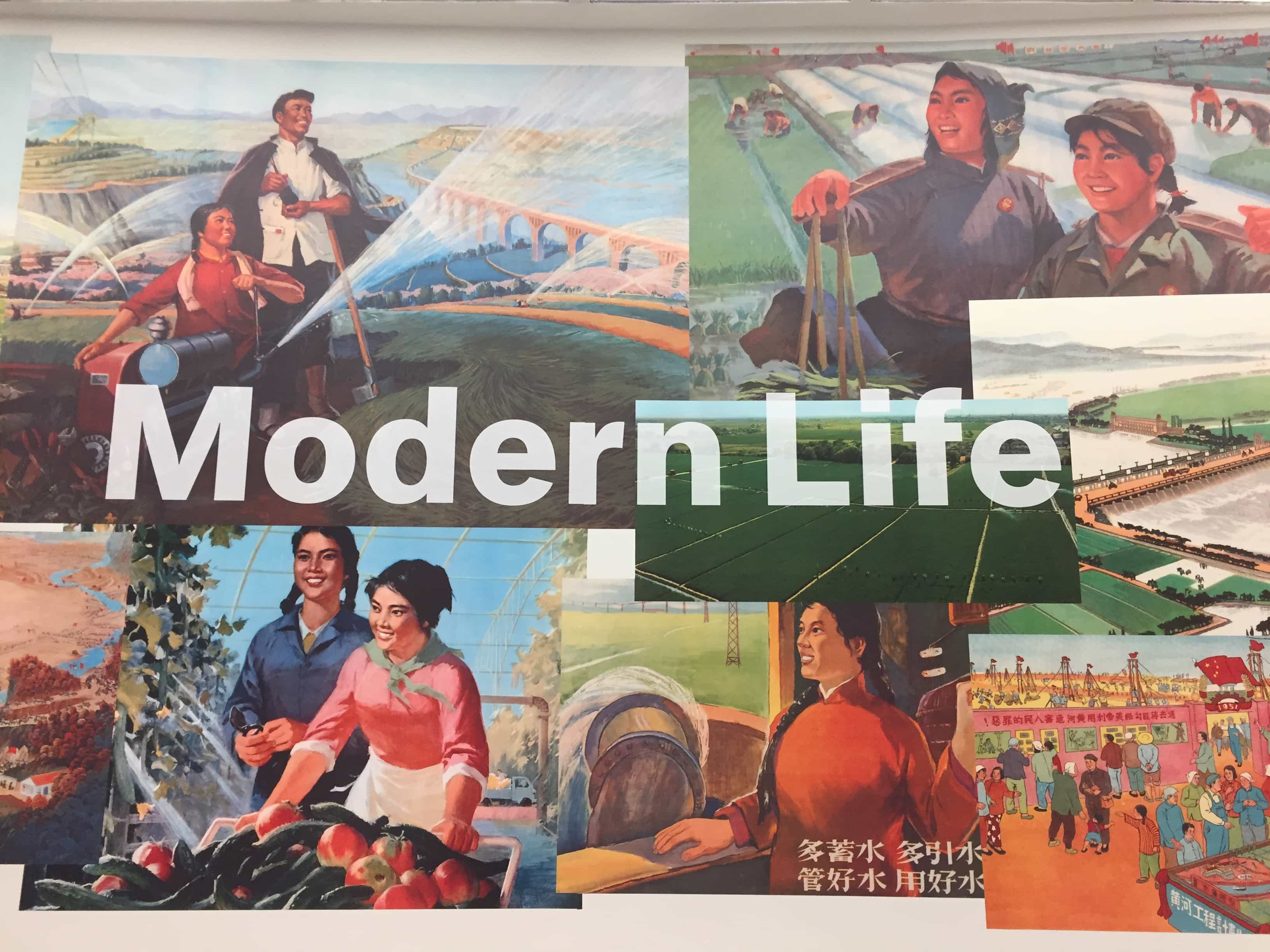 Countryside, The Future, Guggenheim Museum, New York.
Countryside, The Future, Guggenheim Museum, New York.
Actually it’s Japanese architects – unfortunately as a consequence of the 2011 tsunami and earthquakes – who might be the first architects to see opportunity outside metropolitan areas. And Koolhaas knows this very well, since the postscript of his book Project Japan: The Metabolists Talks, written by Toyo Ito said:
We need to start by questioning the way we relate to nature (…) Being an architect from outside, I had a hesitation in getting involved in reconstruction planning for towns and villages (…) I think now is a good moment for us architects to break away from this mode and regain a viable relationship with nature.
Ito, Atelier Bow-Wow, and SANAA are the most well-known faces of these new investigations outside the city. As Kayoko Ota (architecture curator, Harvard professor and working at AMO for a decade between 2002-2012) says, “The islands and villages are – potentially – a frontline of architectural reinvention today.” In her essay The Posturban Phenomenon she writes:
In the new relationships emerging in these islands and villages, architects have managed to realize a testing ground where they can insulate themselves from the systematic penetration of modernization and attempt to forge a new engagement with society – an act that is also one of professional survival in the face of capitalist urbanization.
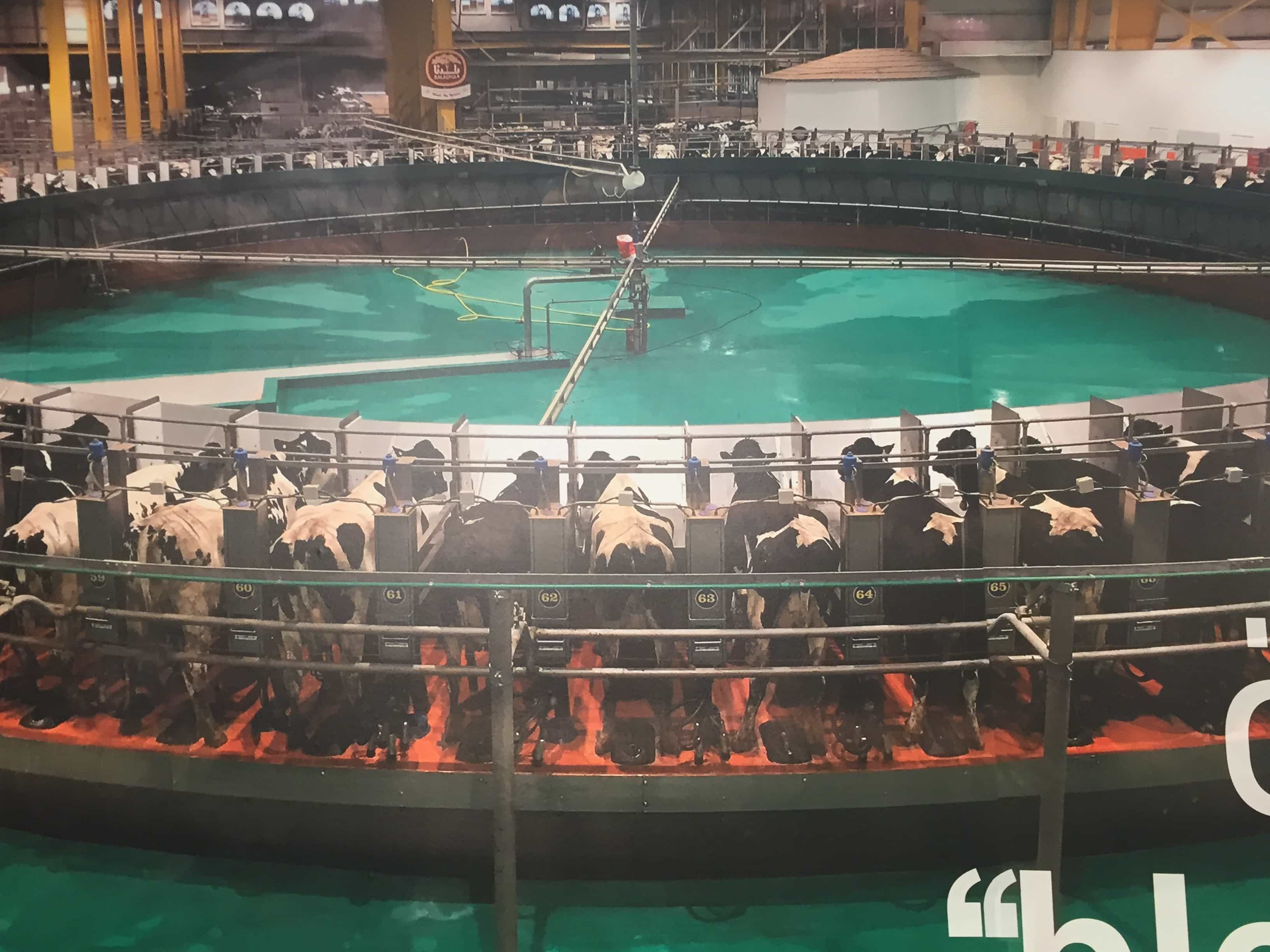 Countryside, The Future, Guggenheim Museum, New York.
Countryside, The Future, Guggenheim Museum, New York.
Inside the Guggenheim exhibition – which despite its apparent complexity is more or less organized geographically – I was surprised to see that in the Japanese section the only topic at hand was robotization. No mention at all of the Japanese posturban phenomenon and the community oriented work Japanese architects are doing there, despite having an expert on the topic in their team (Ota is quoted as a key collaborator). Instead AMO chooses to highlight, as Koolhaas explained to us, how robotic prosthesis might be used to prolong the working years of Japanese peasants whose tired bodies can no longer do physical work on their own… I must say, a rather less humane and less relevant approach to what Japanese architects are actually developing in their countryside.
Is architecture a social practice? I guess it depends on which architect you ask… In that same postscript for Project Japan, Ito asks himself critically: “The people or community which we always argue for in our architecture – aren’t they just an abstracted scheme?” In the Guggenheim they sure are… Koolhaas talking about a posthuman architecture in a show spearheaded by overpopulation?
This very ambitious exhibition mapping the whole world with plenty of omission and simplification is far from being naïve, but as Oliver Wainwright from The Guardian gently points out: “There is a naivety to how Koolhaas recounts some of these revelations.”
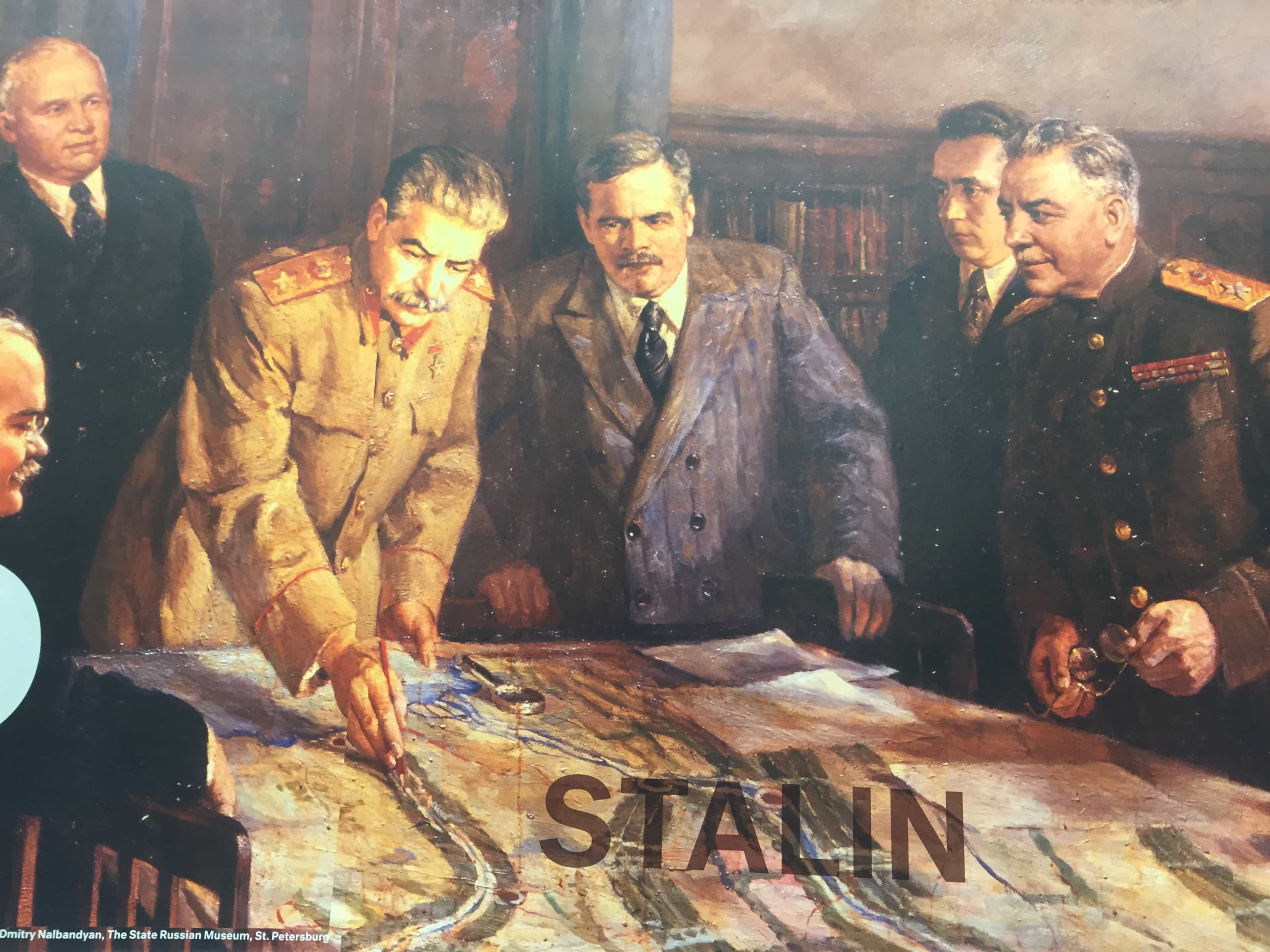 Countryside, The Future, Guggenheim Museum, New York.
Countryside, The Future, Guggenheim Museum, New York.
“It has nothing to do with architecture,” Koolhaas admits. “It is more anthropological and sociological.” Really? If the show is truly anthropological and sociological why is there no research on the biggest sociological problem the countryside faces today: that is the rise of populism, which is responsible for bringing the far right into power again and putting at risk our democracies. The countryside voted Brexit and Donald Trump.
The coordinating collective of ERPI addressed this in its 2018 conference called Authoritarian Populism and the Rural World. The international conference focused on the social and political processes in rural spaces that are generating alternatives to regressive, authoritarian politics. None of which can be found in this exhibition either, and they live in the same city…
The link between corporatization and industrialization of agriculture and populist politics is a reality of which, after all these extensive researches with hundreds of collaborators around the world, has an importance that Koolhaas seems totally unsure about. As the US formally starts to retire from the Paris agreement and Brazil is accelerating the Amazon’s deforestation, the dramatic implications that these politics can have on the environmental crisis is not a priority for OMA. Koolhaas’ Rural Sublime article from last October in Frieze, which when republished in its newsletter was six days after the press conference, said: “This neglect [of the countryside] had devastating effects, of which perhaps the emergence of a worldwide populism and the current waning of globalism are only the most identifiable.”
Perhaps it’s interesting to see what images Koolhaas chose to illustrate his article. There is not one single inhabitant of the countryside (out of the more than three billion who live there) in any of the 10 images.
But there is one person who is actually showing up everywhere – in the first image of his own article and culminating in one of the last images of the spiralling show – and that is Lance Gilman. Fake shock tactics? Gilman is a real state developer and a brothel owner in Nevada, where apparently prostitution is not illegal in all the counties of the State. Perhaps this is Koolhaas’ version of ‘professional survival’. After all, at the press conference he said that the corporate sheds of Gilman’s properties is where he saw opportunity for architects, and he also wrote that this is “perhaps [again] more exciting than anything we have seen since the birth of modernism in the early 20th century: a new sublime”.
Let’s read in Gilman’s website what this new sublime is: Called the Horse Oasis, this 20 +/- acre site currently has active construction of a 30,000 SF, divisible, three-storey, multi-tenant office building. Offering a central location within TRI and abundant parking, this new facility will be the perfect home for an expanding firm within the park or a new company wanting to connect to this hot bed of technology, manufacturing and distribution.
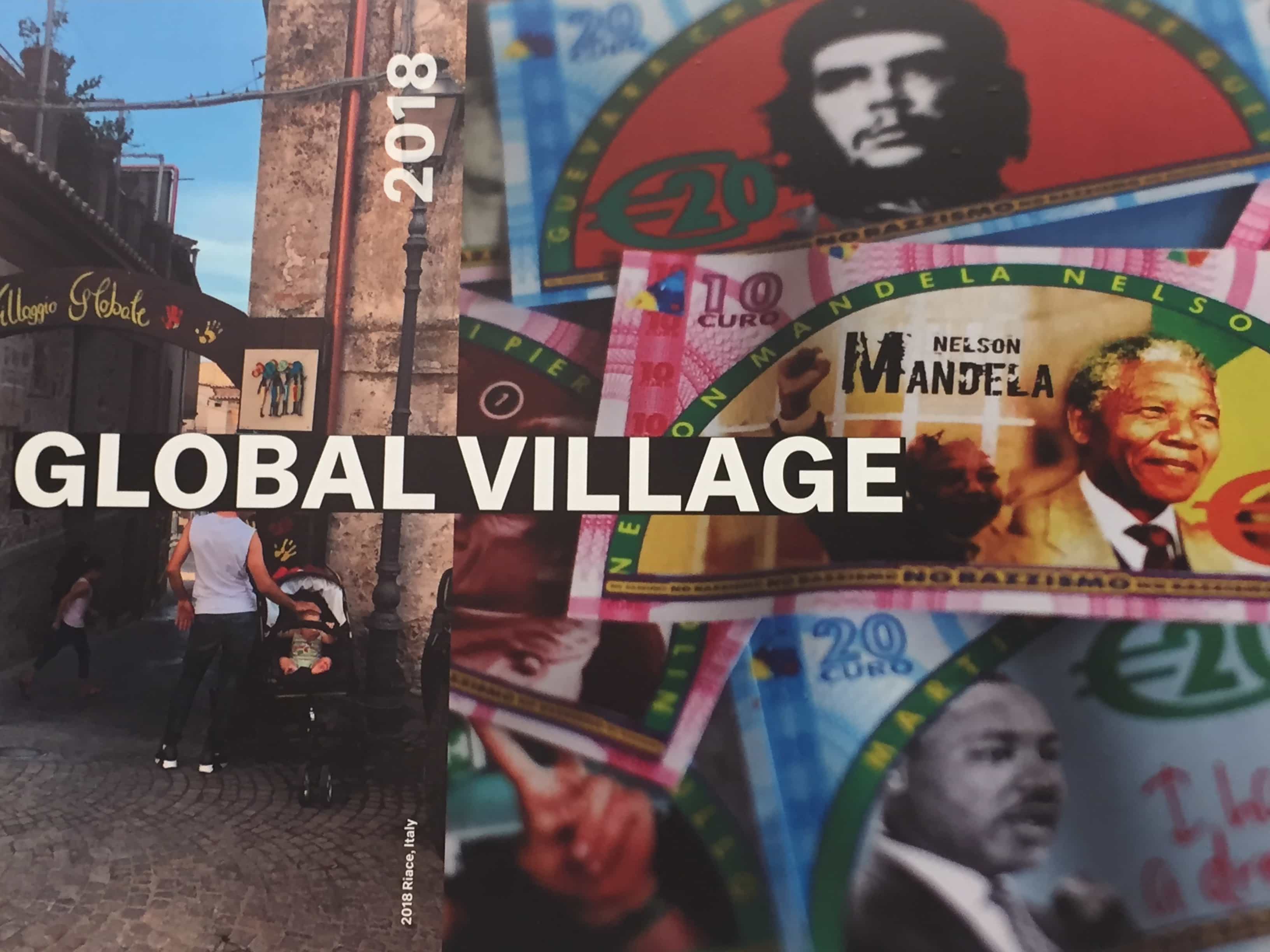 Countryside, The Future, Guggenheim Museum, New York.
Countryside, The Future, Guggenheim Museum, New York.
It doesn’t sound very visionary… And of course the State of Nevada has no state income tax and has also relatively low property taxes making it a deal for corporations.
When Scoones was interviewed by David Hubers on populism and rural politics he said: “Solidarity economies, a counter to authoritarian populism, can be facilitated by architecture and design, linked to new forms of open source information technologies, radical urban planning and so on.” For Scoones it is necessary “to think about design in this political way, about creating spaces for emancipation, confronting authoritarian forms of populism, bringing spaces and economies back to people in a transformative way”. Which begs the question, why is the show at the Guggenheim not about this?
Rephrasing Otero-Pailos’ words, this exhibition does more to conceal, rather than reveal, the contemporary changes in the nature of the relationship between architecture and the countryside and it is very badly timed, although I guess some corporate sponsors at the Guggenheim might think differently. /
by CRISTINA GUADALUPE GALVÁN

